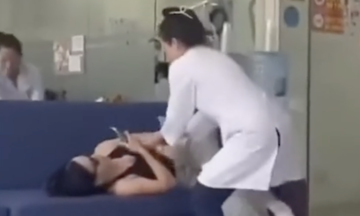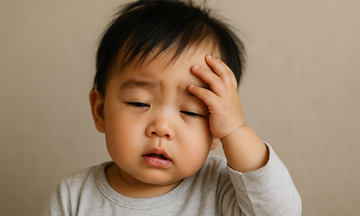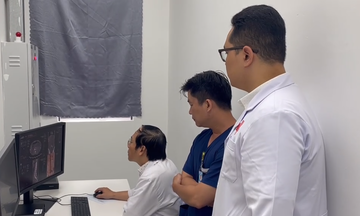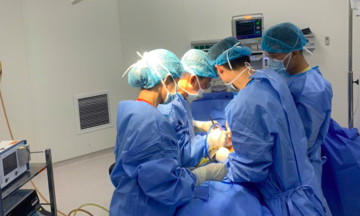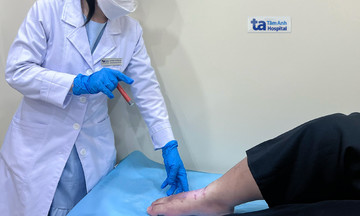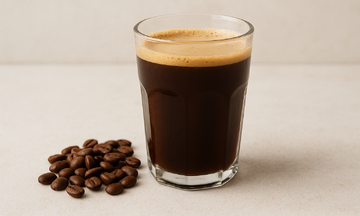Strokes are categorized into two groups based on their cause: ischemic strokes (caused by blocked blood vessels in the brain) and hemorrhagic strokes (caused by bleeding in the brain). Each type may have different treatment approaches.
Ischemic strokes often stem from fatty buildup inside blood vessels, hindering normal blood flow. This buildup can lead to blood clots that block the blood supply, similar to what happens in a heart attack. This is why a stroke is sometimes referred to as a "brain attack."
Hemorrhagic strokes occur when a blood vessel ruptures, causing blood to leak into or around the brain. This can lead to brain swelling, sometimes requiring surgery. Hemorrhagic strokes are most common in people with high blood pressure. Despite the dangers, there are still misconceptions surrounding this condition.
A stroke doesn't happen in the heart.
While linked to cardiovascular risk factors, strokes occur in the brain, not the heart. They are a brain issue caused by blocked or ruptured arteries or veins in the brain. Strokes are also different from heart attacks, which involve a blockage of blood flow to the heart.
Stroke is preventable.
Common risk factors for stroke include high blood pressure, smoking, high cholesterol, obesity, diabetes, and head injuries. Lifestyle changes like regular exercise and a healthy diet can significantly reduce the risk. Other factors include alcohol consumption and stress; reducing or eliminating these can also help.
Stroke has a genetic risk.
Single gene disorders, such as sickle cell disease, increase stroke risk. Other genetic factors include a predisposition to high blood pressure and other cardiovascular diseases, which can indirectly increase stroke risk. Unhealthy lifestyles can amplify the likelihood of strokes among family members, especially when combined with genetic predispositions.
Stroke symptoms are recognizable.
The FAST rule helps identify someone having a stroke: Face (drooping or uneven), Arm (numbness or weakness), Speech (difficulty speaking or slurred speech), and Time (call emergency services immediately). Other symptoms include numbness or weakness in the face, arm, leg, or one side of the body; confusion or trouble understanding speech; difficulty seeing in one or both eyes; dizziness, loss of balance or coordination; and a severe headache with no known cause.
Stroke is treatable.
Emergency stroke treatment, including clot-busting medications, minimally invasive clot removal procedures, or surgery, can reverse the effects. However, it’s crucial to get the patient to emergency care quickly (within minutes or hours of symptom onset). The longer symptoms persist, the lower the chances of recovery.
It's not just an older person's disease.
While age is a significant risk factor, strokes can affect anyone. Young people are also at risk due to contributing factors like high blood pressure, diabetes, obesity, lipid disorders, and smoking.
Even mild strokes are dangerous.
A mild stroke, or transient ischemic attack (TIA), often precedes a major stroke. Any acute stroke symptoms, whether temporary or persistent, require immediate attention and treatment to prevent serious consequences.
Bao Bao (Times of India).





